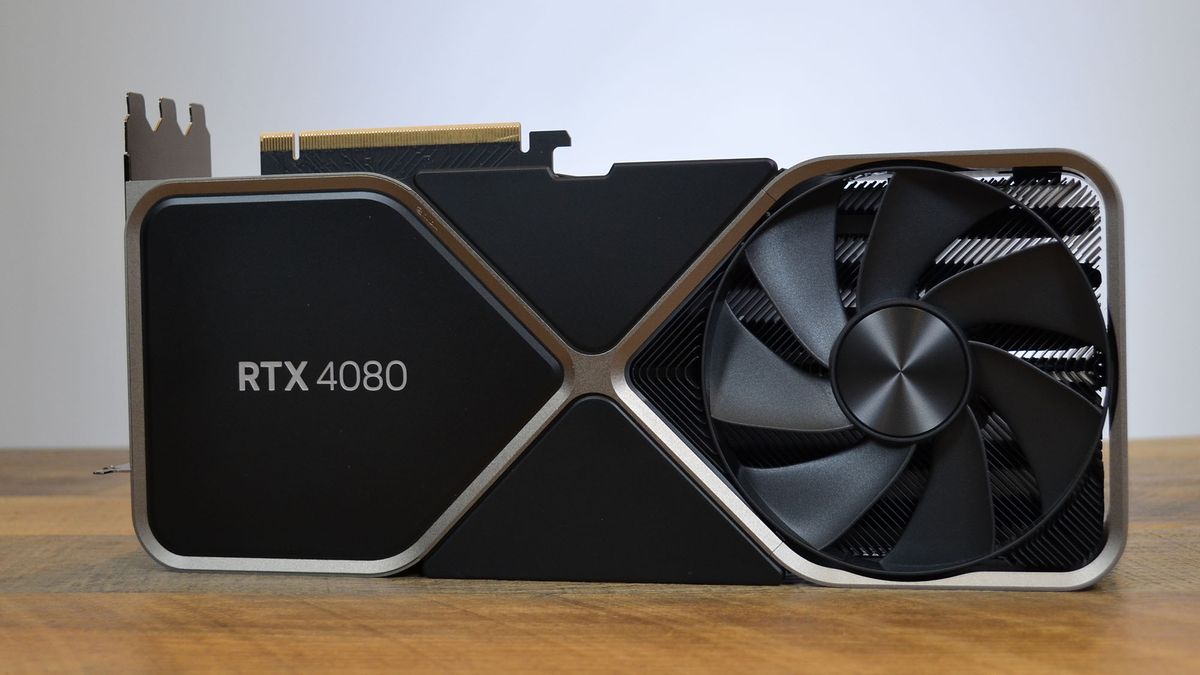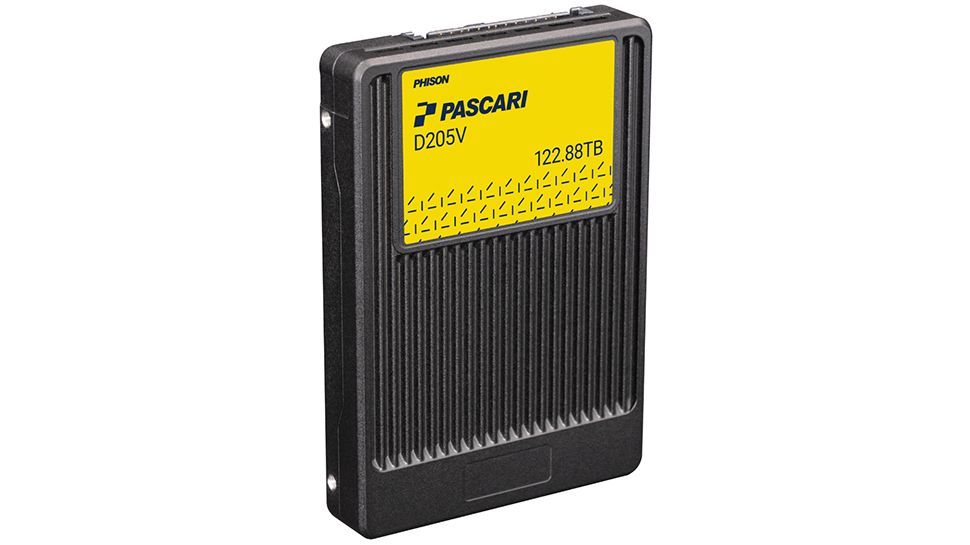Nvidia’s RTX 4080 It’s reportedly getting a new spin on the GPU that could bring the cost down – but any price drop will likely be very small, sadly, if it happens at all.
Tom’s hardware (opens in new tab) this rumor surfaced – and treat with caution, as with anything from the constantly turning mill – that originated HKEPC (opens in new tab) (a Hong Kong tech site) and claims that while the current RTX 4080 graphics card is based on the AD103-300 chip, Nvidia will use a slightly different GPU in the future, namely AD103-301.
There is now more evidence that this actually happens, Tom points out: graphic card Manufacturer Galax lists the GPU as “AD103-300/301” in its RTX 4080 product detail pages.
Aside from that, VideoCardz (opens in new tab)who have also picked up on this, tells us that another card manufacturer, Gainward, has also listed the updated GPU variant AD103-301 in its product specifications.
With two separate third-party graphics card manufacturers mentioning this new twist on the GPU in their specs, it seems fairly likely that this will actually happen – but of course it’s yet to be confirmed by Nvidia.
HKEPC further claims that the incoming RTX 4070 (the vanilla version of the RTX 4070 Ti, which has just been presented) could also take the approach of having two different chips, which in this case would theoretically be AD104-250 and AD104-251. The difference is that the former is said to use a comparator circuit, but the latter would not and would use a different circuit board, potentially lowering the cost of making the card.
The same goes for the RTX 4080 and the new AD103-301, which may lower the build cost (the BOM, or bill of materials as it’s known in the industry). The key question is: if all of this applies to both or both GPUs, how much cheaper could the second variants actually be?
Analysis: Does It Mean Cheaper Graphics Cards – Or Is It False Hope?
HKEPC posits that the cost gap between the supposedly different versions of the RTX 4070 in terms of the BOM could be as little as $1, which is clearly a tiny amount and likely wouldn’t make a difference in the price the consumer pays. A source tapped by VideoCardz also claims that the difference in cost would not be significant.
We didn’t get numbers for the potential cost difference in manufacturing the RTX 4080 versions, but the new AD103-301 could lower the bill to a greater extent and potentially mean the graphics card will be cheaper for the consumer. It could be a similarly minor BOM reduction, though, which would no doubt do little to impact the price of the RTX 4080’s second spin.
Time will tell, but given Nvidia’s stance on pricing with Lovelace GPUs Overall, it’s hard to be optimistic at all.
Another question is given the RTX 4080 chip change, would it affect performance? The rumor mill is pretty clear in their claim that it isn’t, and the AD103-301 chip won’t be any more powerful than the existing AD103-300. That makes sense, since Nvidia would presumably be wary of throwing a dose of buyer’s regret at those who’ve already settled on an RTX 4080, and splashed a big chunk of cash on it.
The overall result of this is likely to be graphics cards with the same level of performance – or something close enough to be negligible – and marginal savings for board manufacturers that are unlikely to be passed on to consumers. Hopefully, however, a more favorable situation could arise due to cost concerns, so fingers crossed if you’re in the market for a high-end GPU.





